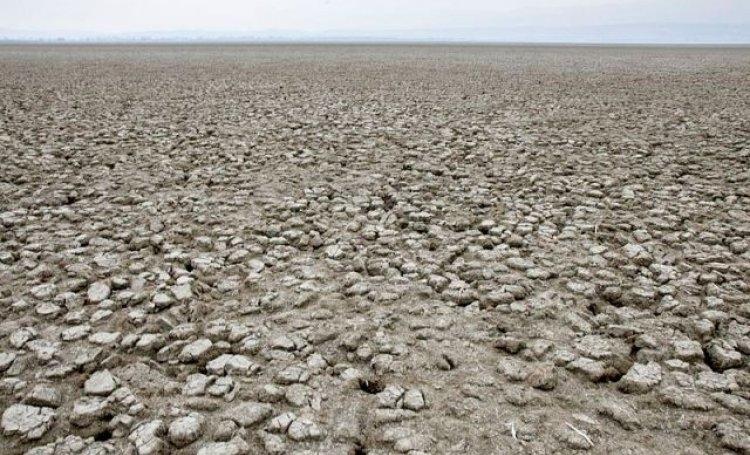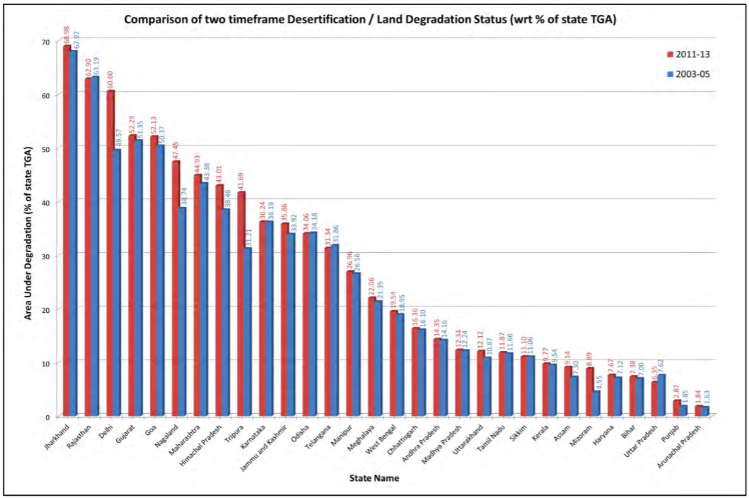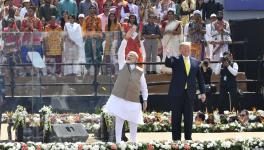India Struggles with Desertification, Government Still Confused About Goals

Desertification is one of the largest issues being faced by the world right now, as countries struggle to come up with ways to keep climate change at bay. India, like countries around the world, is plagued by desertification and land degradation, while the government is trying, and seemingly failing to come up with a proper plan and relevant targets to deal with the issue.
US Geological Survey defines desertification as “a type of land degradation in which a relatively dry region becomes increasingly arid, typically losing its bodies of water as well as vegetation and wildlife”. United Nations Convention to Combat Desertification (UNCCD), a legally binding international agreement that links environment and development to sustainable land management, defines this phenomenon as “land degradation in arid, semi-arid and dry sub-humid areas resulting from various factors, including climatic variations and human activities”.
The regions affected by desertification lose their ability to offer ecosystem services, such as management of water system, along with their ability to support plant life. Desertification has occurred throughout history. However, in recent decades, its pace has accelerated to an alarming 30 to 35 times the historical rate. With changing climate, increasing instances of floods and prolonged droughts, landslides and frost heaving are also reducing the amount of productive land.
The growing demand for food, fodder, fuel and raw materials is at the same time increasing the pressure on land and the competition for natural resources. Factors like deforestation, wetland drainage, overgrazing, unsustainable land use practices, and the expansion of agricultural, industrial and urban areas are the other significant causes of land degradation, according to UNCCD.
The data presented by the Union government to UNCCD during the ongoing 14th Conference of Parties (CoP) in New Delhi showed that India lost 31%, that is 5.65 million hectares (mha), of grassland area in a decade. The total area under grasslands reduced from 18 mha in 2005 to 12.3 mha in 2015. According to the report, grasslands in the Aravalli range in Rajasthan underwent severe degradation. Other states where land has been severely destroyed include Maharashtra, Karnataka, Gujarat, and Uttar Pradesh.
The country is still not clear about its goals to tackle desertification and land degradation. Prime Minister Narendra Modi said at the CoP, India will restore 26 million hectares of degraded land by 2030. However, Union Minister for Environment, Forest and Climate Change, Prakash Javadekar caused confusion on August 28, 2019, when he quoted a target figure that was substantially less than what his ministry had quoted earlier.
“This degradation happens because of many factors like over-exploitation, over-grazing, over-water logging and wind. Floods also make a good land into a bad land. We have to restore it. Therefore, we have taken a target to restore 50 lakh (5 million) hectares of land by 2030. We will convert degraded land into fertile land,” Javadekar said while addressing a curtain raiser event ahead of the UNCCD at the event at National Media Centre in New Delhi.
The figure given by Javadekar is significantly lower than the target decided by his ministry after the national workshop on ‘Land Degradation Neutrality (LDN) Target Setting Programme’ on June 17. The LDN target, or the target for restoration on degraded land decided then 30 mha. The then-decided LDN said, “By 2030, India commits to halt any further land degradation and rehabilitate at least 30 mha degraded wasteland, forest and agricultural land (covering 10 mha each) out of the total 96.4 mha of degradation land for the country.” Even the target announced by the prime minister is less than what was previously decided by the ministry.
A “Desertification and Land Degradation Atlas of India” was released by Space Application Centre (SAC), Indian Space Research Organisation, Ahmedabad under a national level project on “Desertification Status Mapping of India”, sponsored by the Ministry of Environment, Forest & Climate Change under the National Natural Resources Management System (NNRMS). SAC used two time frames, 2003-05 and 2011-13 to compare the amount the desertification in the country.

The atlas said, “India has around 70% of its Total Geographical Area (TGA) under drylands, undergoing the process of desertification i.e., land degradation as a result of climatic and anthropogenic factors.” It showed that the area of desertified land across the country has significantly increased between the two time frames.
Get the latest reports & analysis with people's perspective on Protests, movements & deep analytical videos, discussions of the current affairs in your Telegram app. Subscribe to NewsClick's Telegram channel & get Real-Time updates on stories, as they get published on our website.
























